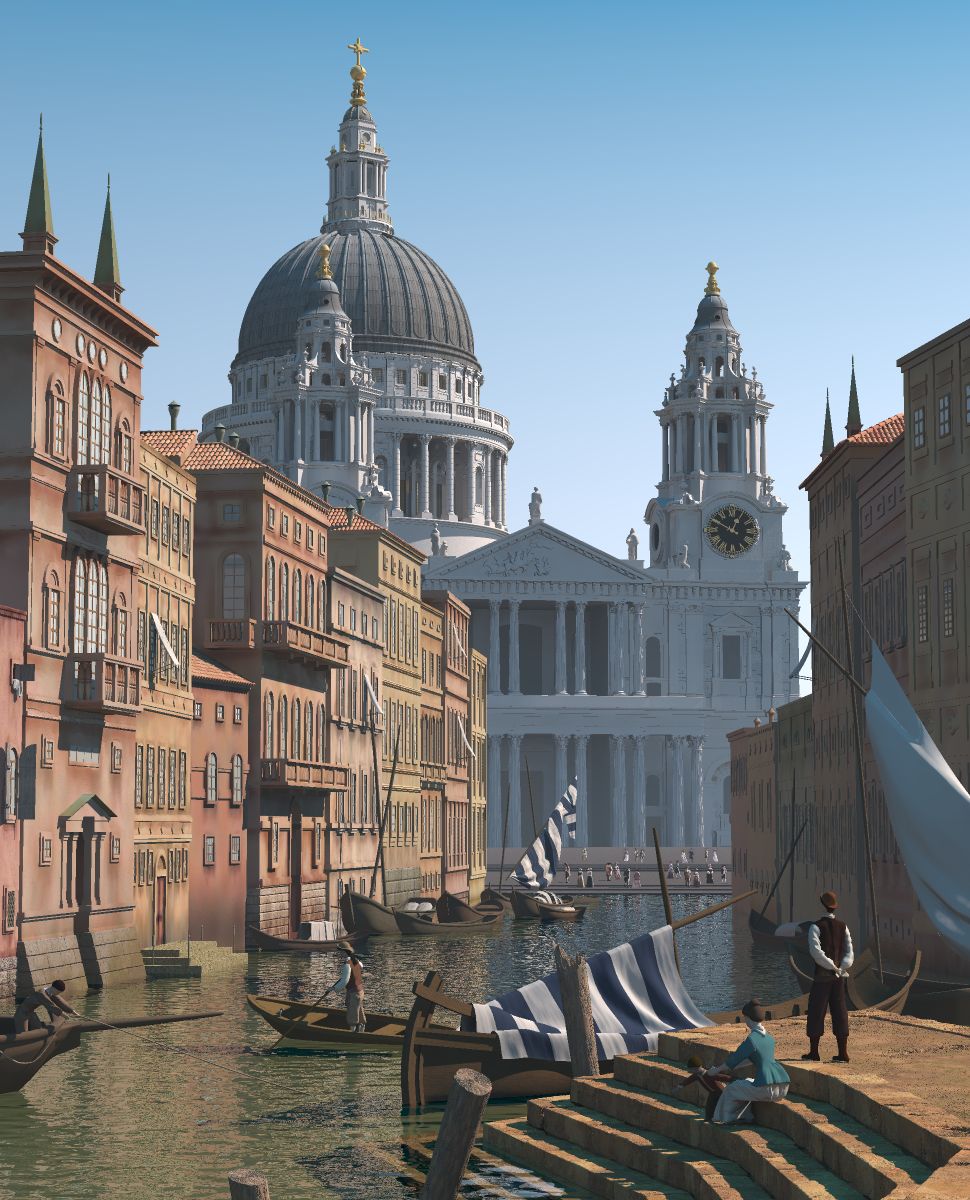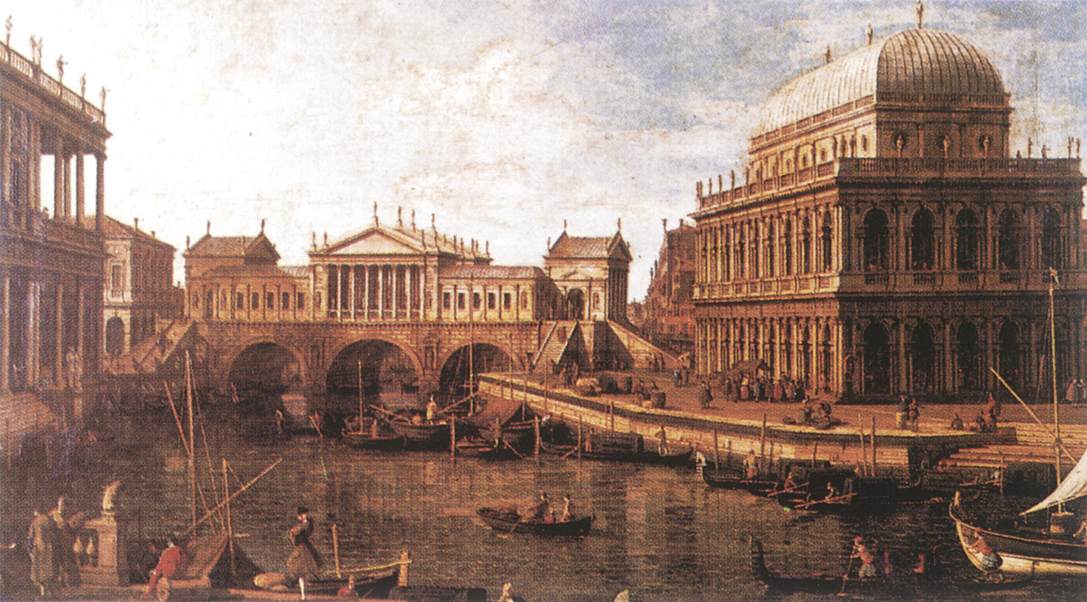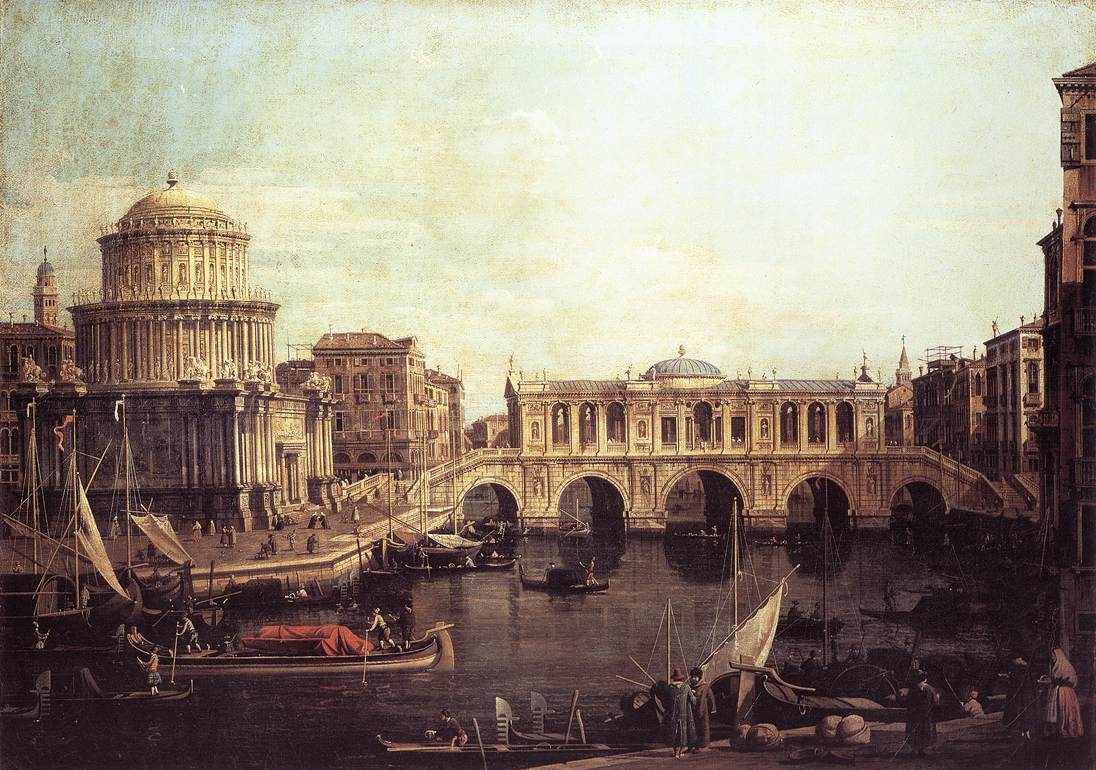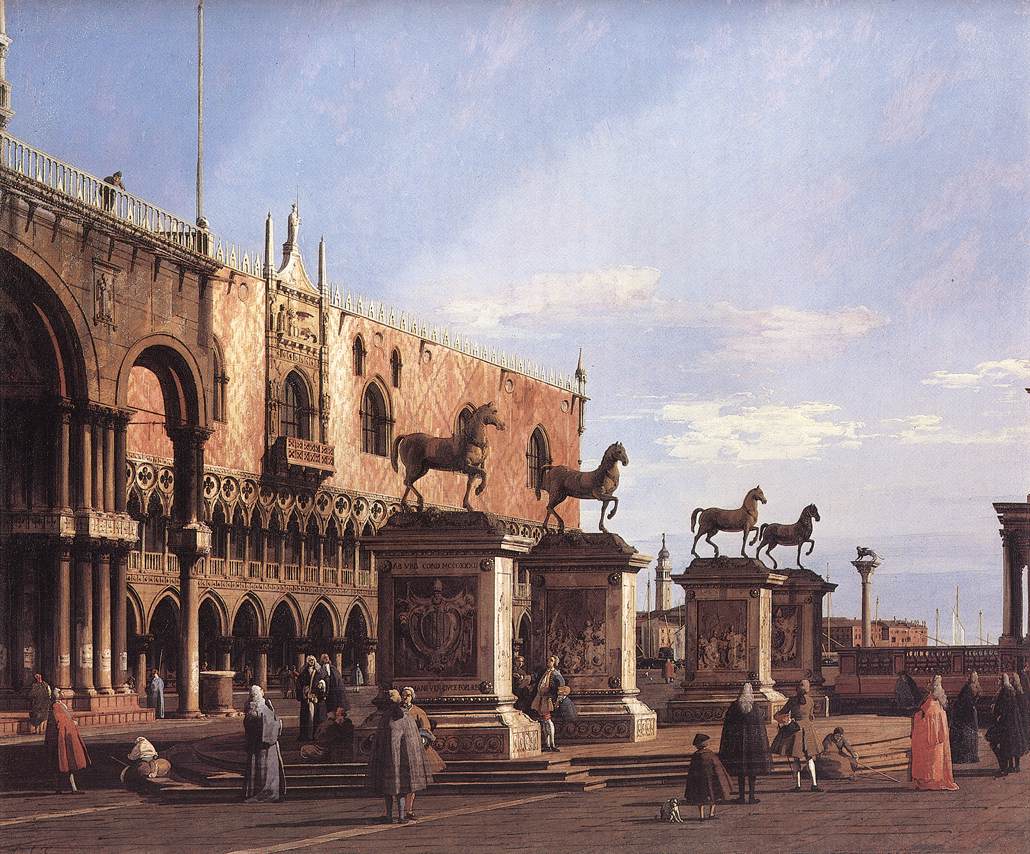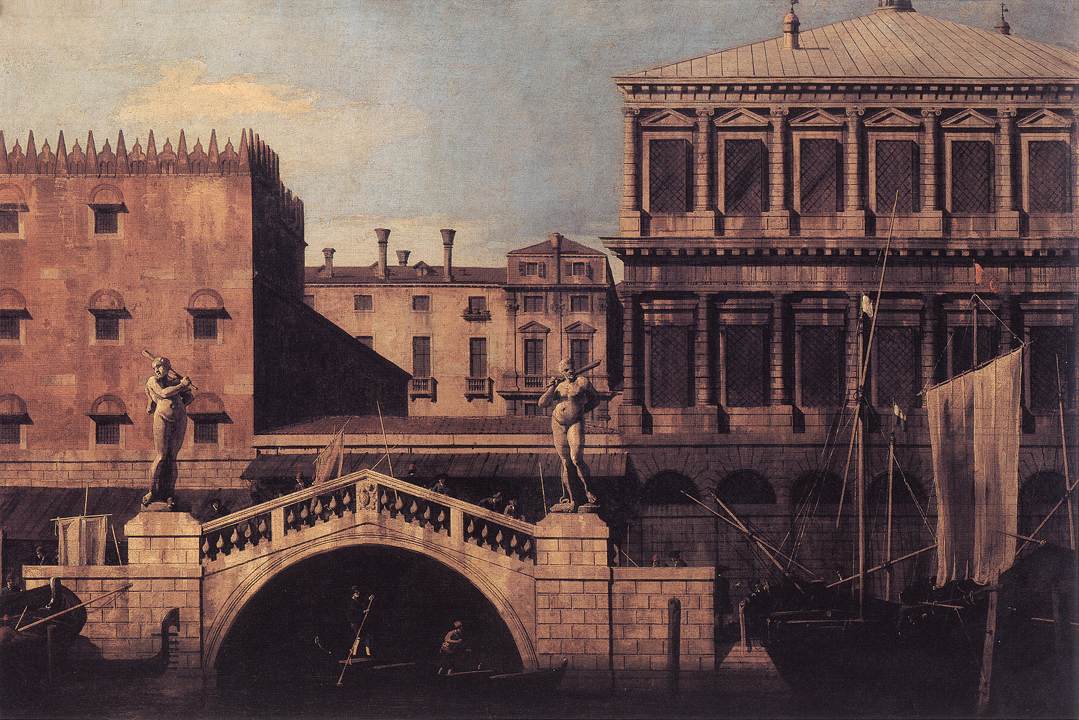Capriccio
Capriccio ( from Italian, Mz capriccio; Capricci; corresponding French caprice, from German Caprice, caprice, caprice, Mz caprices, whims, caprices ) refers to forms of music, painting and literature.
As a term of art theory, it refers to the deliberate, lustful rule violation, the imaginative, playful exceeding the academic standards without the standard to override.
Etymology
The origin of the word is unclear. The Etymological dictionary of the German language by Friedrich Kluge suspects a combination of Italian capo ( head) and riccio (hedgehog, sea urchin ), from which can be derived the meaning " madman " or " stubborn, moody person ".
In modern usage, there are the following meaning variants:
- Il capriccio ( Italian) = whim, quirk
- Le caprice (French) = the mood
- La caprice (French) = Capriccio ( art)
- Capricious = moody, jokingly, self-willed, witty, the rules by breaking
Music
The Capriccio is a music piece of free, playful and jocular character, or not at all based on little traditional musical forms. Well-known examples are the Capriccio on the Departure of His Beloved Brother ( BWV 992, ca 1705) by Johann Sebastian Bach, 'Rage over a lost penny (approx. 1795/98 ) by Ludwig van Beethoven, the 42 solo etudes and caprices for violin (1796 ) by Rodolphe Kreutzer, the 24 Caprices for Solo Violin ( first edition 1820) by Niccolò Paganini Capriccio Italien (1879 /80) by Pyotr Tchaikovsky, Capriccio espagnol, the (1887 ) by Nikolai Rimsky -Korsakov, and on 28 October in Munich in 1942, first performed opera Capriccio by Richard Strauss.
Painting and Graphics
In the prints of the Baroque, the term refers to a succession of sheets with a cover sheet in a small format, the show improvised scenes without programmatic bondage and without committing to an order to move from one image to the next item.
The term was introduced by Jacques Callot, who called a series of etchings created in 1617 for the Duke Cosimo II de Medici Capricci di varie figure.
A famous Capriccio painter and graphic artist Giovanni Battista Piranesi; next to the famous Carceri ( " Dungeons "), which are in themselves pure visions of architecture, Piranesi has also compiled numerous Roman portraits and architectural elements arbitrarily to its Vedutenstichen. Often these Capricci are the only documents of lost ancient works of art.

